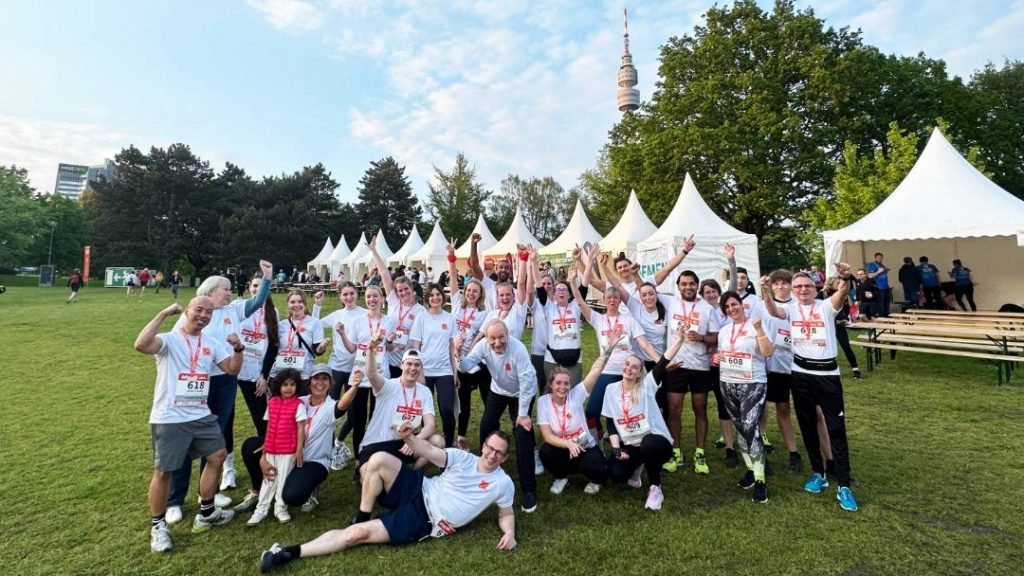
On the 7th of May, the time had finally come: we took part in the B2Run in Dortmund and had a really wonderful day together. Almost a third of our colleagues took part and made the day a very special experience. It was great to see how many of us joined together at the start and mastered the 5.5 km running distance.
In addition to the run, there were many interesting activities and health-related information booths that we enjoyed exploring. However, our commitment to a good cause was particularly close to our hearts. On this day, we not only pushed our physical fitness, but also actively supported the fight against blood cancer. With our donation to the DKMS, we were able to make a significant contribution and make a difference.
The B2Run in Dortmund was not only a sporting highlight for us, but also a day on which we grew together as a team and did something good. We are proud of our achievement and are already looking forward to the next event!
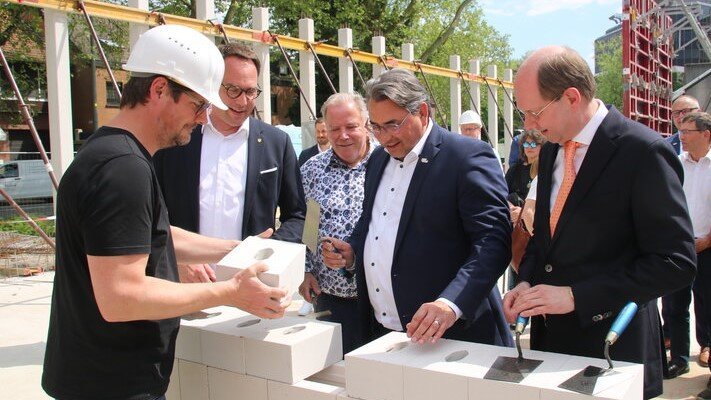
The foundation stone for the new town hall in Ahlen was laid on 13 May 2024 as the first phase of the new civic campus. This was preceded by a planning phase that involved the active participation of local residents. The structure of the elongated, angled building block responds to its special location between the Werse riverside promenade and Ahlen’s historic town wall. From the building, which is divided into sections of different heights, you can enjoy the view of the neighbouring city park and the historic old town. Mayor Dr Alexander Berger (2nd from right) particularly emphasised the energy efficiency and quality of the space and usage concept of the new building, which is designed to meet contemporary needs and is due to be occupied in 2026.
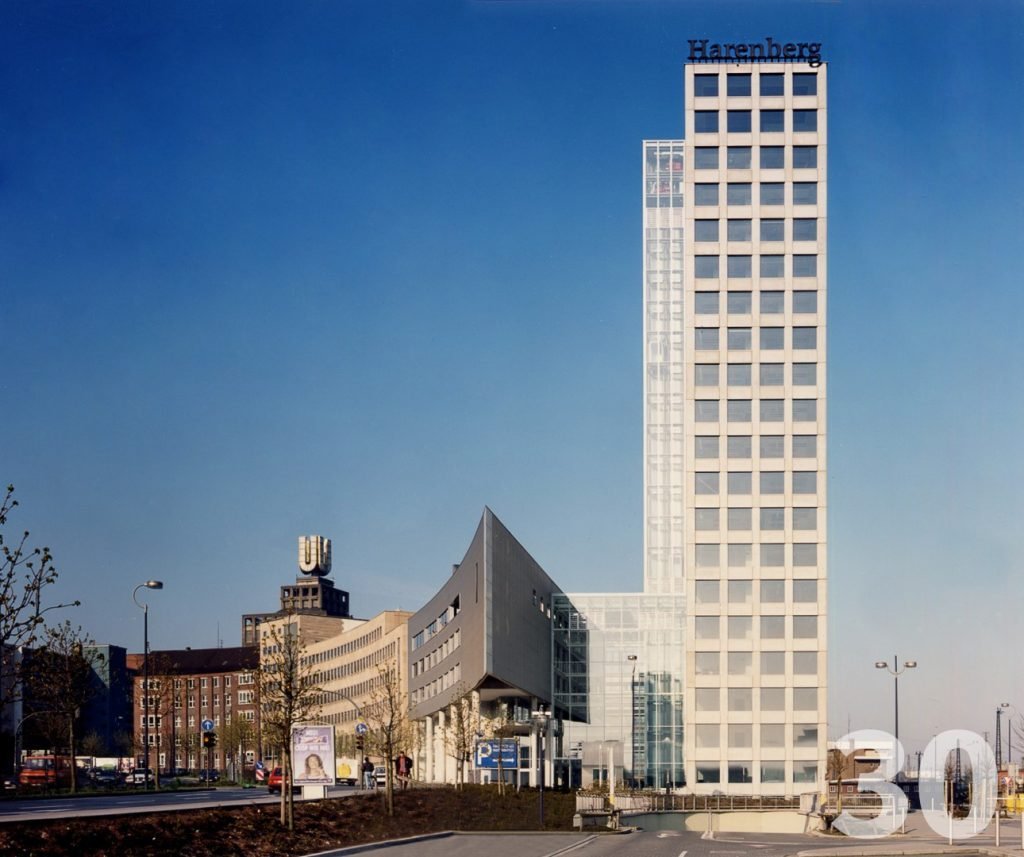
Since its foundation stone was laid in 1992 and its completion in 1994, the Harenberg City Centre has been a permanent fixture in Dortmund’s cityscape. Over the three decades, the 19-storey tower block has become an unmistakable landmark at the entrance to the Union Quarter.
The building ensemble, consisting of a striking trio, is characterised by a special design. A slightly curved, 6-storey wing follows the course of the historic wall and is connected to a high-rise building via a glass hall. With this unmistakable silhouette, the Harenberg City Centre characterises Dortmund’s skyline. Its elegant façade design and flexible floor plans make it a versatile and functional building complex. Filigree, restrained and yet representative, it blends into the city centre with its forecourt. As a location for congresses and cultural events as well as an office building, the elegant Harenberg City Centre is a striking part of Dortmund’s architectural history.
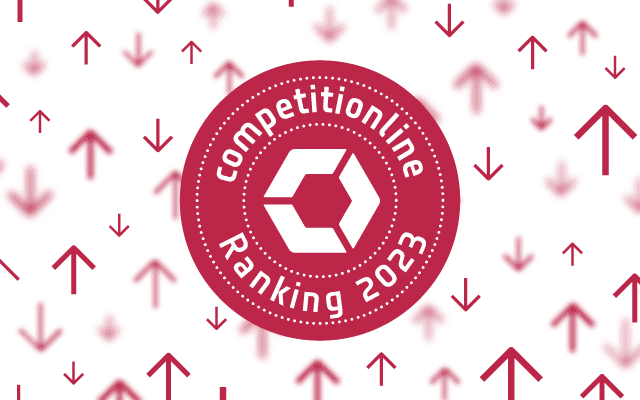
In 2023, Gerber Architekten achieved 10th place out of 21,400 German offices in the ranking of competitionline, a platform for architecture, construction and design competitions. This represents a significant leap compared to the previous year 2022. The ranking is a recognition of our dedication, our commitment to high-quality architecture and our search for creative solutions. We would like to thank our teams in Dortmund, Berlin, Hamburg, Münster, Düsseldorf, Riyadh and Shanghai – our clients and partners for their support along the way.
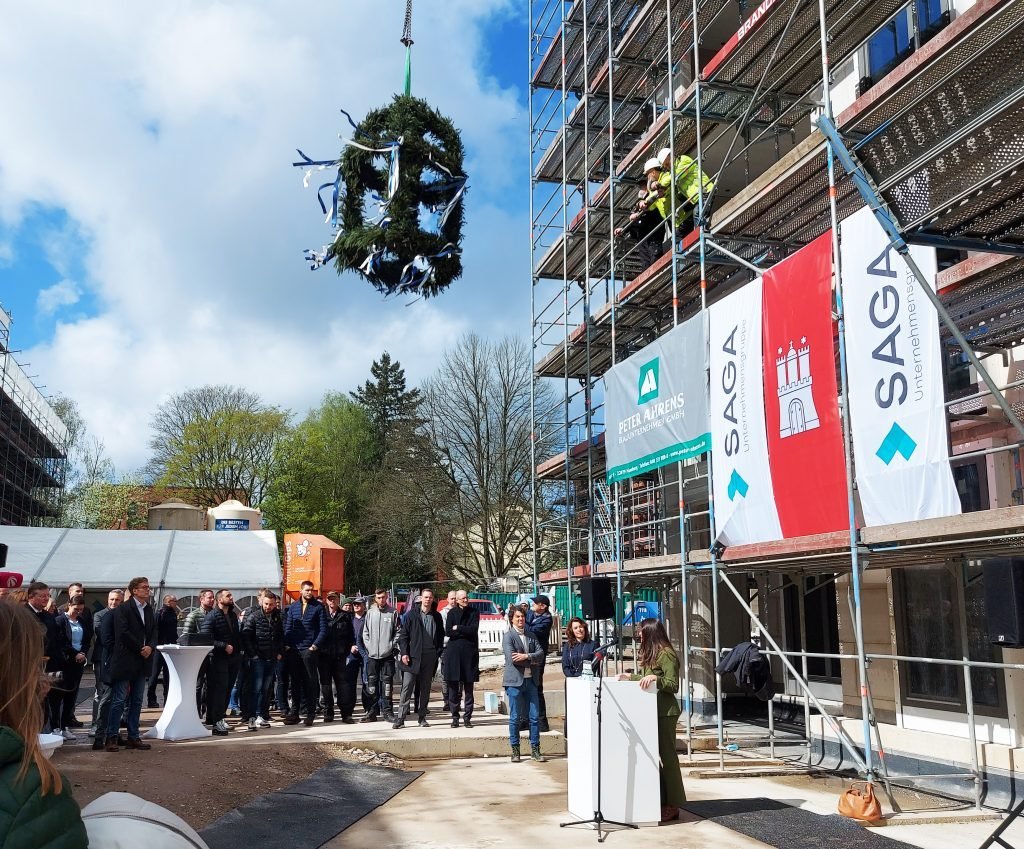
One year after the foundation stone was laid, the topping-out ceremony for a new residential project by Gerber Architekten has taken place in Hamburg. Senator Karen Pein and Snezana Michaelis, member of the SAGA Management Board, emphasised the signal effect of this project in view of the serious need for housing in the Hanseatic city.
The 153 flats of various sizes and with adjoining underground car parks are embedded in a park-like landscape with mature trees. Each of the 1-5 room flats has a balcony or terrace. Together with the adjoining residential building by Gerber Architekten, they form a new district centre in the middle of a heterogeneous environment of detached houses and multi-storey residential buildings. With the typical regional clinker brick façade and the combination of housing and retail, a new centre with a high quality of life and living is being created near Hagenbeck’s zoo. Occupancy of the new flats is scheduled to begin in a year’s time.
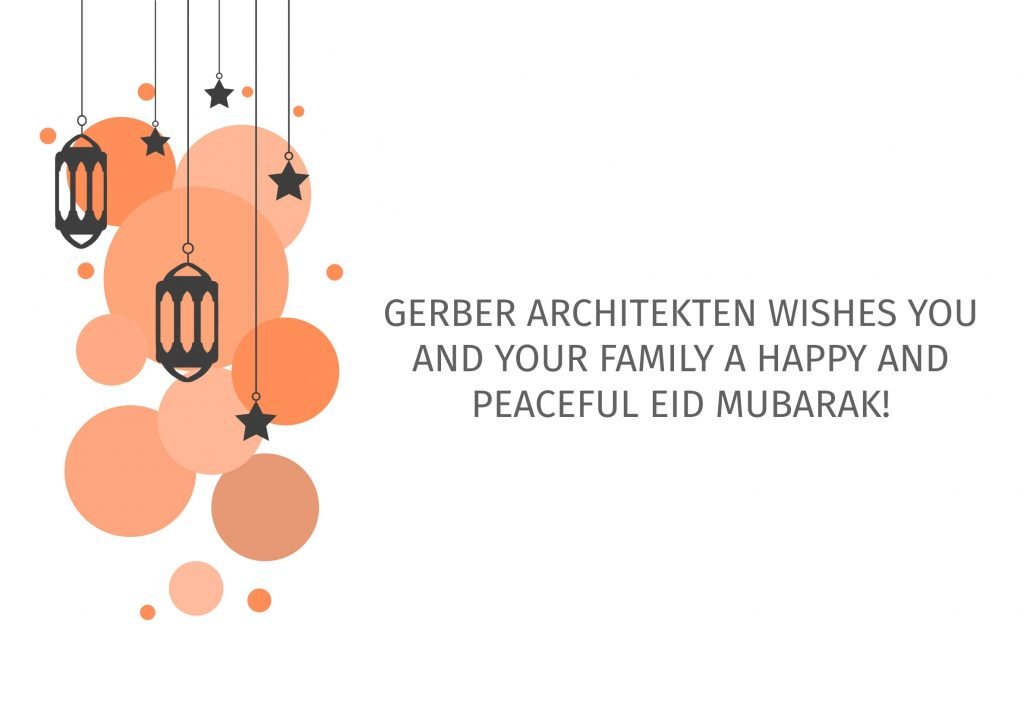
The entire Gerber Architekten team wishes our partners, friends and employees a blessed and peaceful Eid with their families and friends.
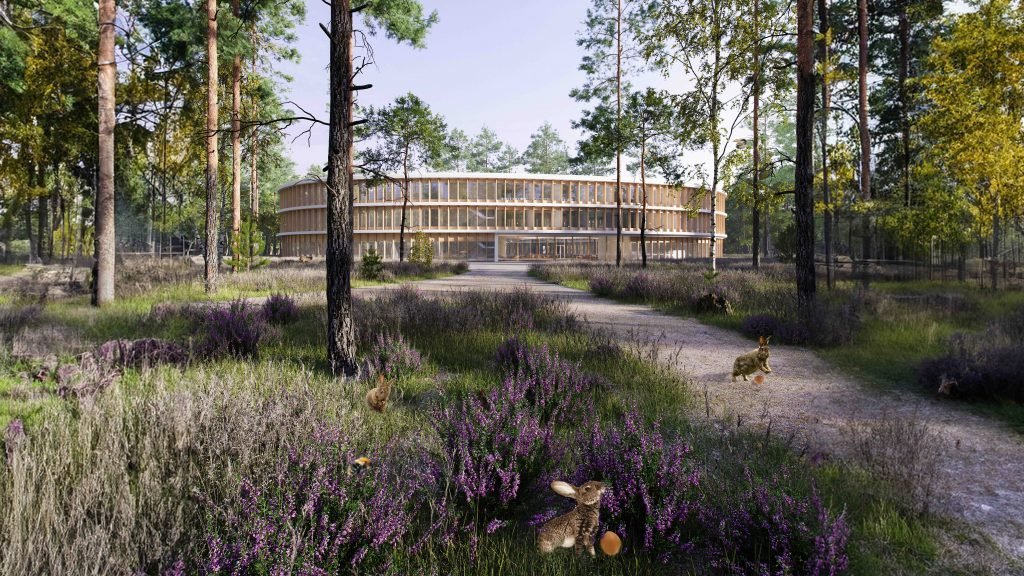
The entire Gerber Architekten team wishes you and your families happy, sunny and relaxing holidays. Enjoy this special time with your families and friends.
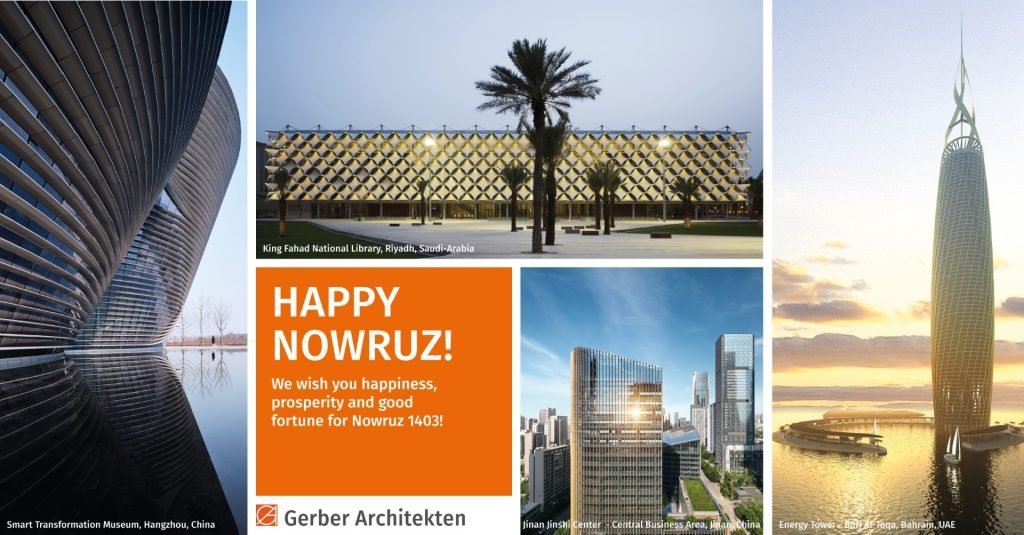
Gerber Architekten wish you and your family a merry Iranian New Year with good health, luck and much success! The whole team would like to thank you for the good cooperation and your confidence in us in the last year and we look forward to our continued collaboration.